HISTORY
HISTORY
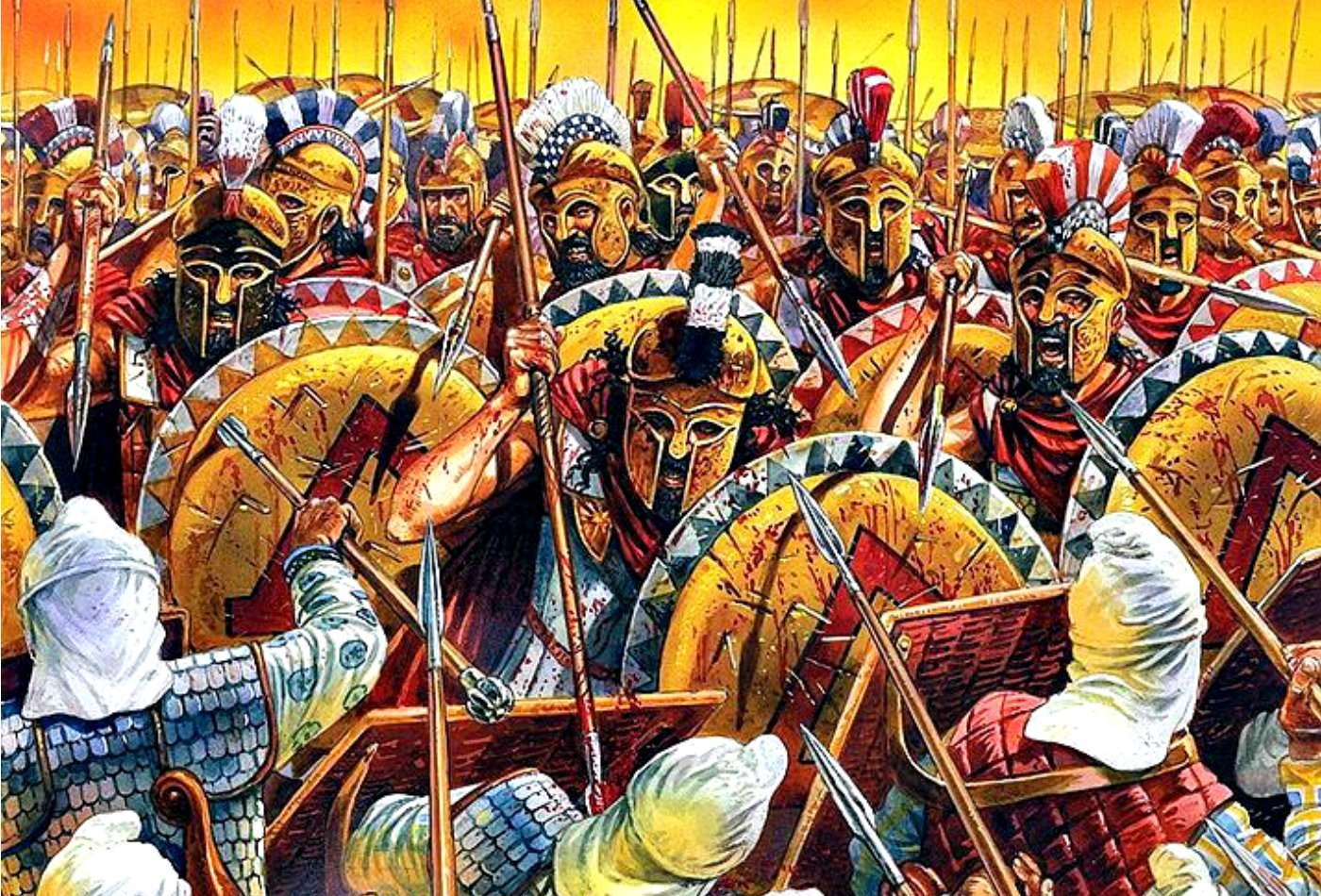
1480 BC – After four years of preparation, the Persian King Xerxes, with a huge military and naval force, sets off from Asia Minor in order to conquer Greece.
Against him will be 7000 Greek fighters, commanded by the King of Sparta, Leonidas and 300 selected Spartan fighters. The mountain morphology of Greece left only one passage leading to Athens and the Greeks were called to take advantage of this strategic advantage.
At the same time, the Greek fleet, led by the Athenians, selects the area near the cape at Artemisio, in northern Evia, to set sail and face the Persian fleet. The goal of the Greek fleet is to close the Gulf of Evia. The Persians would try to encircle King Leonidas and strike the Greek army from the south.
In the Battle of Artemisio, the Greek fleet defeated the Persian, which lost a significant number of ships due to a storm in Magnesia.
The location at which King Leonidas encamped was narrow in diameter and did not allow for the deployment of large infantry divisions, so the Persians lost their only advantage, that of numerical superiority.
On the other hand, the small force of King Leonidas proved to be enough to hold the passage due to the coverage provided by the Greek fleet from the south.
The advantages of the Greek army included the high prudence and the discipline of the Spartans as well as the equipment that was suitable for the occasion.
Navigate on the interactive map by moving the cursor over the points. Click on the sites for more information. The course and the points / stations of the Persian Forces appear in orange, whereas the course and the positions of the Greek Forces appear in blue.
The first attack – During the first phase of the attack, the Spartans pretended to retreat, to lead the Medes (Persian tribe) frontally on a spontaneous counterattack and chase them through the narrow passage.
The Spartans were experienced and trained in this kind of battle and when the men on the front line got tired or injured, they withdrew to be replaced by other men behind them.
With this tactic, the Spartan phalanx was tireless and could repel enemy waves for long periods of time. The alternations of the hoplites took place quickly and in a coordinated manner, but the equipment, such as the helmet, the bronze bell-shaped cuirass, the shield and the spear, made for such occasions, also played an important role.
The first clash lasted all day. The Medes hurriedly attacked the Greeks which resulted in great losses; however, others took their place and did not retreat.
Waves of Persian soldiers followed one another. Many of the attackers fell to the ground and died as their allies trampled over them, while others were flogged or executed by their officers as they tried to escape.
The second attack – Xerxes, decided to send the elite corps of his army, the Immortals, and withdraw the Medes. The Greeks, during the second attack, and having a select army against them, used the same tactics. They pretended to retreat in a disorderly manner and maneuvered, attacking the enemy by surprise. In addition, they had longer spears than the Immortals, whom they struck from a distance as they could not defend themselves.
The Immortals did not achieve anything more than the Median army. And since they could not gain any ground in the straits, with all the attacks they sometimes made in a regular manner or otherwise, they too withdrew.
Third attack – The Persians attacked again in exactly the same way. This time they hoped that the Greeks would be seriously injured, without morale and feeling exhausted from the long battles, and eventually they would fall relatively easily.
Instead, the Persians confronted the Greeks, who were normally lined up, each battalion and each tribe in its line. Each battalion entered the battle in turn, except for the Phocians, who were ordered to take up positions on the mountain to guard the path (Anopaia Atrapos). Once again the attack was fought off by the Spartans, inflicting new losses on the Persian army.
The betrayal – Herodotus names Efialtis as the man who revealed to the Persians the passage that led to the Spartans. It is said that Xerxes was thrilled with the proposal of Efialtis and ordered Hydarnis, the commander of the Immortals, to start the mission before sunset.
In the camp of the Greeks, when it became known that the Persians would surround them, a war council was immediately convened and it was decided that all the troops should leave except the Thespians and the Thebans, who were left behind with the Spartans.
The last battle – The Greeks, now knowing that they were led to certain death, deployed at the widest point of the passage, in a straight line so as to inflict greater losses on the Persians. In addition, their spears were broken and they would fight face to face with the enemy.
During the battle, King Leonidas fell fighting heroically and with him fell several other distinguished Greek fighters as well as Persians. According to Herodotus, Avrokomis and Yperanthis, sons of Darius and brothers of Xerxes, lost their lives in battle.
According to the Greek historian, a fierce battle ensued over the body of King Leonidas and the Greeks fought off the Persians four times. The Spartans were reorganized on the hill, where the stone lion exists today in the memory of Leonidas, and there those who happened to still have their swords resisted.
The dead Spartans were buried where they fell. The inscription was written on their tomb: “ὦ ξεῖν᾽, ἀγκέλλειν Λακεδαιμονίοις ὅτι τῇδε κείμεθα τοῖς κείνων πειήμασι πεθήμενοι” – “Stranger, go tell the Spartans that we are buried here obeying their laws”.
The sacrifice of the Spartans went down in history both for the courage shown by the defenders against the conqueror and as an example of a successful war tactic.
The military intelligence, discipline and courage of the Spartans still inspire modern armies in addition to the Greek Army and the National Guard. It is characteristic that many historical researchers liken the American Marine Corps to the modern Spartans, mainly because of the strict diet they follow, their fighting ability, patriotism and the brotherhood they display within their groups. In addition to the US Marines, the famous US Navy Seals (OYK) teams explicitly used the Spartan sayings in the names of their members’ graduation schools (photo).
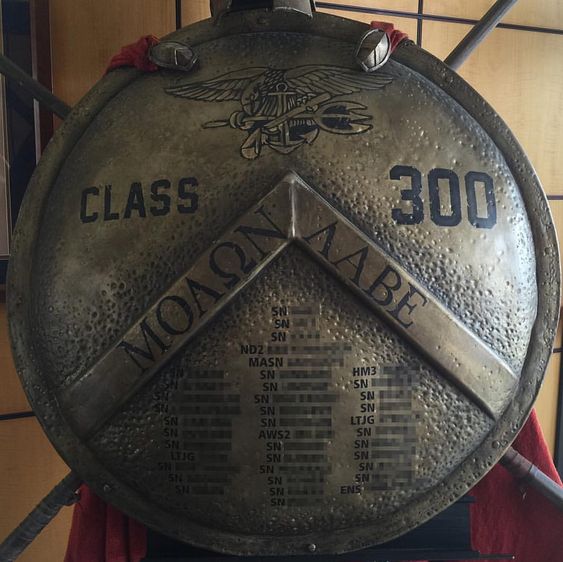
* All information about the battle and the events depicted on the map is based on the reports of Herodotus and other Greek Historians. In addition, academic sources and research projects were taken into account. The information displayed on the map is as accurate as possible does since the terrain has changed and several locations and toponyms have been replaced or no longer exist.
Also read:
Memorial Speech by the Minister of Defence Vassilis Palmas at the annual memorial service for the fallen of the 3rd Company of the 211th Infantry Battalion
The Minister of Defence of the Republic of Cyprus, Mr. Vassilis Palmas, attended the annual commemoration of the fallen of the 3rd…
120 years since the death of Pavlos Melas—The Hero of the Macedonian Struggle—Photos
The Armed Forces honor the memory of the ethnic martyr who gave his life for the liberation of Macedonia…
80 years since the Battle of Rimini – The Brigade that wrote golden pages of history
The “Rimini Brigade” wrote new pages of history for Greece, placing it in the camp of the winners. This success was linked to hope and…
General Atomics – Rafael | Collaboration on the Development of the New Bullseye Cruise Missile
The US company General Atomics and the Israeli company Rafael have announced the commencement of their cooperation on the development of a new long-range…
FLANQ | AI-Powered Autonomous Maritime Solutions in Favour of European Security
In response to Europe’s growing security challenges in the maritime domain, FLANQ has launched as a new…
CERIDES | 1st Planning Conference of the UCPM DEMONAX – Cyprus Earthquake Full-Scale Exercise
CERIDES – Centre of Excellence in Risk and Decision Sciences of European University Cyprus had a strong presence during the 1st Planning…
EMAK | New Operational Boost with Eight INTRUDER SE Drones
The Ministry of Climate Crisis and Civil Protection is moving forward with the procurement of eight INTRUDER SE-type unmanned aerial…
KNDS France – METLEN | Partnership for the Production of the VBCI PHILOCTETES® in Greece
METLEN has entered into an exclusive partnership with KNDS France for the production of the latest-generation French 8×8 Infantry Fighting…
USΑ | Bipartisan Bill Submitted to US Congress to Lift Cyprus Arms Embargo
A bipartisan bill titled the “American-Hellenic-Israeli Eastern Mediterranean Counterterrorism and Maritime Security Partnership Act of 2025”…






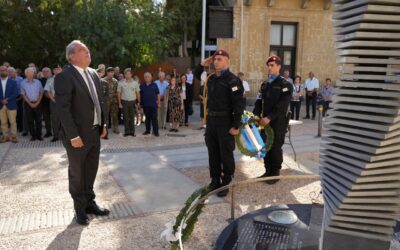
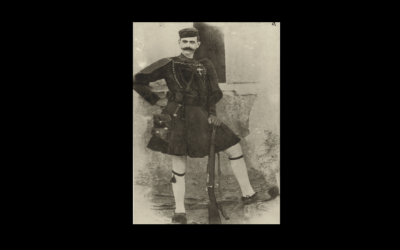
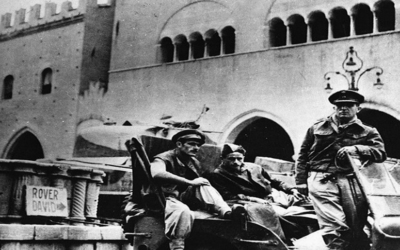
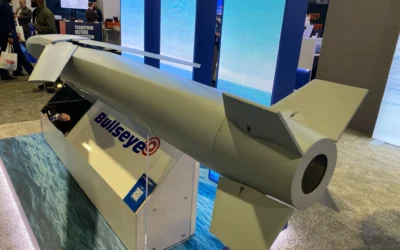
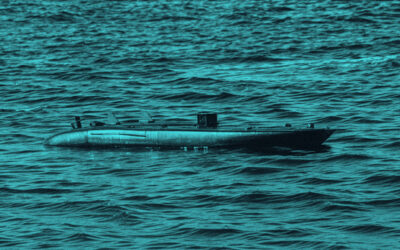

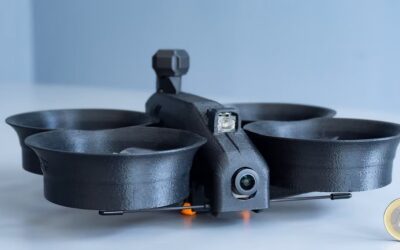
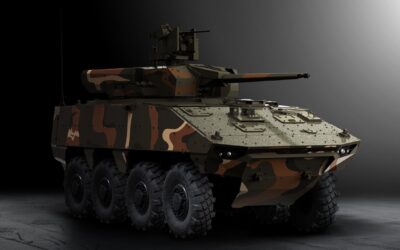
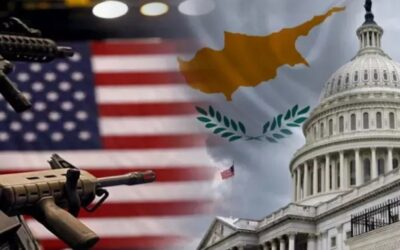

0 Comments